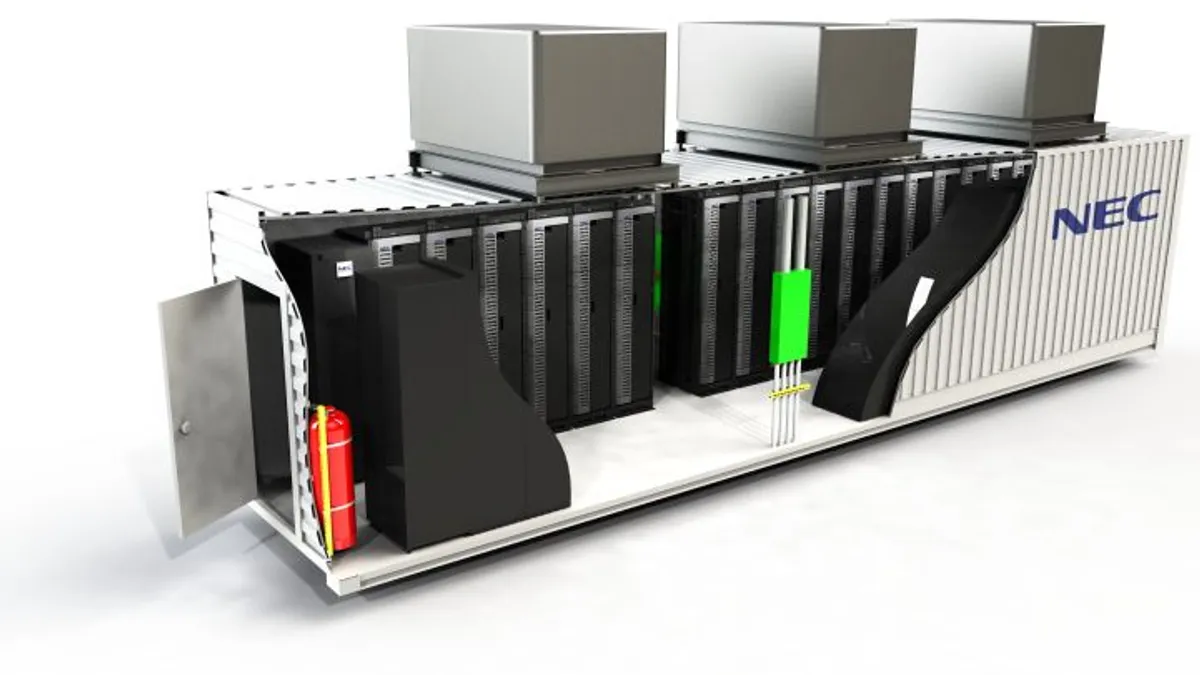The following is a contributed article by C. Michael Hoff, CTO and VP of Research, and Roger Lin, VP of Marketing, at NEC Energy Solutions.
It is often difficult to evaluate the benefits, effectiveness and costs of energy storage technologies. These benefits are dependent on how one uses storage and which technology is used for what purpose. The cost of using an energy storage asset also depends on the initial material and installation costs, as well as how well it is maintained during its service life.
These aspects are interconnected and, until now, customers have not been able to easily access this information with a simple test.
The new Levelized Cost of Using Storage (LCUS) method combines acquisition costs, operations and maintenance (O&M), expected use, and service life data into a single meaningful metric to compare different energy storage technologies.
When used properly, LCUS will allow users to make informed decisions when selecting the right energy storage technology for their specific application(s) more simply and effectively than any other method. LCUS is useful in three practical ways:
-
It compares the cost among different energy storage technology choices — whether they consist of different technologies, formats, designs or manufacturers.
-
It compares the costs of different applications of a particular energy storage technology or product.
-
It helps shed light on how certain operating modes affect the total cost of ownership.
True-to-Life Considerations
LCUS calculates the cost of the storage with respect to how much storage is really used, and not the size of the storage asset. It can compare the full cost of using different storage technologies and using the storage in different applications. It can also assess the trade-offs and limitations of different system designs, operating modes, application duties and service regimes.
To make a fair cost comparison of different technologies, it's important that the comparison and metrics are based on a consistent application. For example, it doesn't make sense to compare technology A in a one-hour, cyclic application to technology B in a four-hour, cyclic application. Application parameters such as power rate, number of cycles, watt-hour throughput, average state-of-charge, ambient environmental conditions, energy rates and monetary financing should all be the same.
On the other hand, a single technology can have different LCUS when it is used for different applications. The service life of the asset is highly dependent on how much it is used, much like an automobile or a farm tractor. The more miles and hours you use it in a given calendar year, the less years of service it will provide.
It is important to note that LCUS is not to be confused with Levelized Cost of Energy or LCOE. The latter is a way to compare generators of energy by calculating their initial and operating costs when used on a continuous basis. The mode of operation is different for an energy generator than that of an energy storage system.
In contrast to generators, energy storage does not produce energy; rather its value comes into play when precise and fast-acting absorption or delivery of power to the grid is required to keep it stable or to improve its efficiency.
Calculating LCUS
Essentially, LCUS, as a function of an energy storage system's lifetime, Y, is equal to the sum of all the costs accumulated during the system's lifetime, divided by the energy it has discharged during that period.
So, simply stated, LCUS is a cost-per-used energy storage.
The numerator includes initial costs plus operating costs, and the denominator is the energy discharged by the energy storage asset over its service period.
-
Initial costs include those of all storage-related equipment, such as energy storage, power conversion, control equipment, cooling, heating, auxiliary power, transformation, switch gears and protection equipment. It also includes installation materials and costs of labor and services.
-
Operating costs include energy used to maintain the state-of-charge of the energy storage, compensating for its losses, service and maintenance — both regular and unexpected, monitoring — both remote and on-site, and energy required to run lights, fans, cooling and control equipment.
-
The discharged energy is that which is delivered to the customer's grid at the point of interconnect.
-
A spreadsheet can be used to put this data together to consistently calculate LCUS for multiple technologies and applications over the service life of an energy storage asset.
To view sample LCUS spreadsheets and delve more deeply into how to make more precise calculations, download the full white paper here.
The Right Choice for Today's Energy Storage Cost Measurement
Understanding all the costs that go into operating an energy storage site can go a long way toward influencing how to operate that site cost effectively. For example, knowing that a short service life caused by capacity degradation due to excessive use is the largest factor on LCUS, an operator may prescribe that the asset responds judiciously to the grid's signals for stability.
Intermittent use of the storage unit can also affect its cost.
The inverter, transformers, fans, blowers, lights, controls all remain on and draw power when the unit is fully ready to deliver power to the grid in an instant. However, this becomes a rather significant cost when added up over its years in service. Conversely, if the storage operators know when the unit will not be needed during a daily cycle, they can shut down unnecessary portions of the system.
LCUS modeling clearly shows that the cost of owning and operating a storage asset depends not only on the up-front equipment and installation costs, but how much it costs to operate and how well it performs over that operating period.
This tool has positively changed the way that we measure energy storage costs and will have significant impacts on our ability to compare and estimate future costs.






















